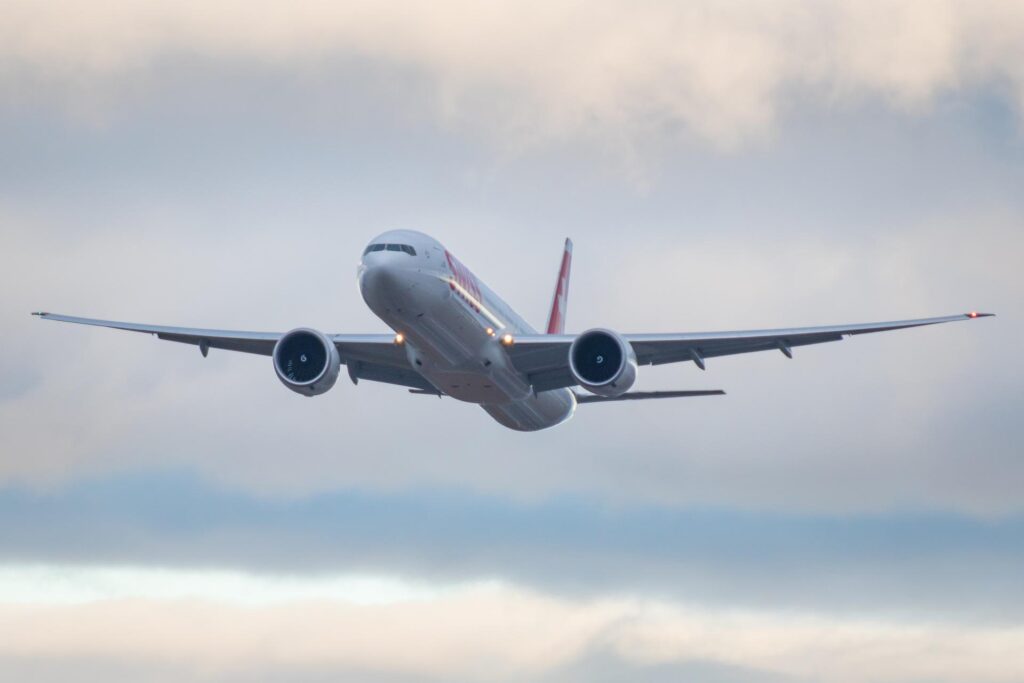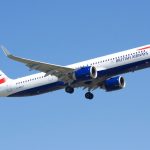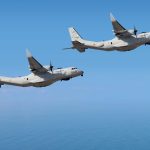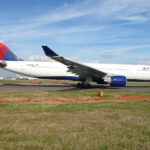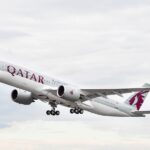SWISS will apply the treatment to the fuselage of its aircraft to reduce fuel consumption. Consequently, carbon dioxide emissions will decrease during its operations. This is a result of the reduction in aerodynamic drag that this technology offers.
«The airline’s twelve Boeing 777-300ER aircraft will successively have the innovative riblet film. This one has been jointly developed by Lufthansa Technik and chemical and coatings manufacturer BASF, applied to their fuselage and engine nacelles,» says a statement issued by the Lufthansa Group airline.
SWISS will thus become the first airline in the world to fly with planes treated with AeroSHARK. This is a biomimetic application that seeks to emulate what happens in the skin of sharks. It will offer better conditions for planes to face aerodynamic resistance.
Biomimetics is inspired by nature to innovate in applications that generate new products or improve existing ones. Since its beginnings, the airline industry has been one of the main players in turning to nature to carry out its developments.
AeroSHARK «is a film that features millions of ‘riblets’. They are tiny protrusions just 50 micrometers high. They reproduce the highly hydrodynamic skin of sharks and thus reduce the aerodynamic drag of an aircraft wherever it is applied,» SWISS reported.
Dieter Vranckx, CEO of SWISS, assured that they place «great emphasis on actively promoting and making targeted investments in new technologies. We are pleased that we are the first passenger airline in the world to use the innovative AeroSHARK technology. By doing so with our Boeing 777 fleet, we will now be making a further substantial contribution to ensuring more sustainable travel.»
How much does AeroSHARK reduce fuel consumption and CO2 emissions?
As reported by SWISS, by applying a total of 950 square meters of AeroSHARK riblet film to the fuselage and engine nacelle surfaces of a Boeing 777, fuel savings of around 1.1 percent can be achieved.
This will reduce its annual fuel consumption by more than 4,800 tons and the total annual carbon dioxide emissions of the Boeing 777 fleet by up to 15,200 tons, the amount emitted respectively by some 87 long-haul flights from Zurich to Mumbai.
The Swiss airline actively collaborated with Lufthansa Technik and BASF in the development of this surface treatment for the 777. In fact, as they let it be known, «in the summer of 2021, the aerodynamic performance of the wing of a Boeing 777 was precisely monitored during a scheduled SWISS flight between Zurich and San Francisco. The data collected has enabled Lufthansa Technik to design highly accurate 3D airflow simulation models that will be used in the near future to develop the AeroSHARK riblet film for further application on the wings of the Boeing 777 to further exploit the potential for fuel and emissions savings.»
The Lufthansa Group airline continues to work hard to promote the decarbonization of its operations. In that regard, its plans call for halving CO2 emissions by 2030 – relative to 2019 – and becoming carbon neutral by 2050.
See also: Lufthansa Cargo and Röhlig Logistics team up to reduce the environmental impact of cargo flights

